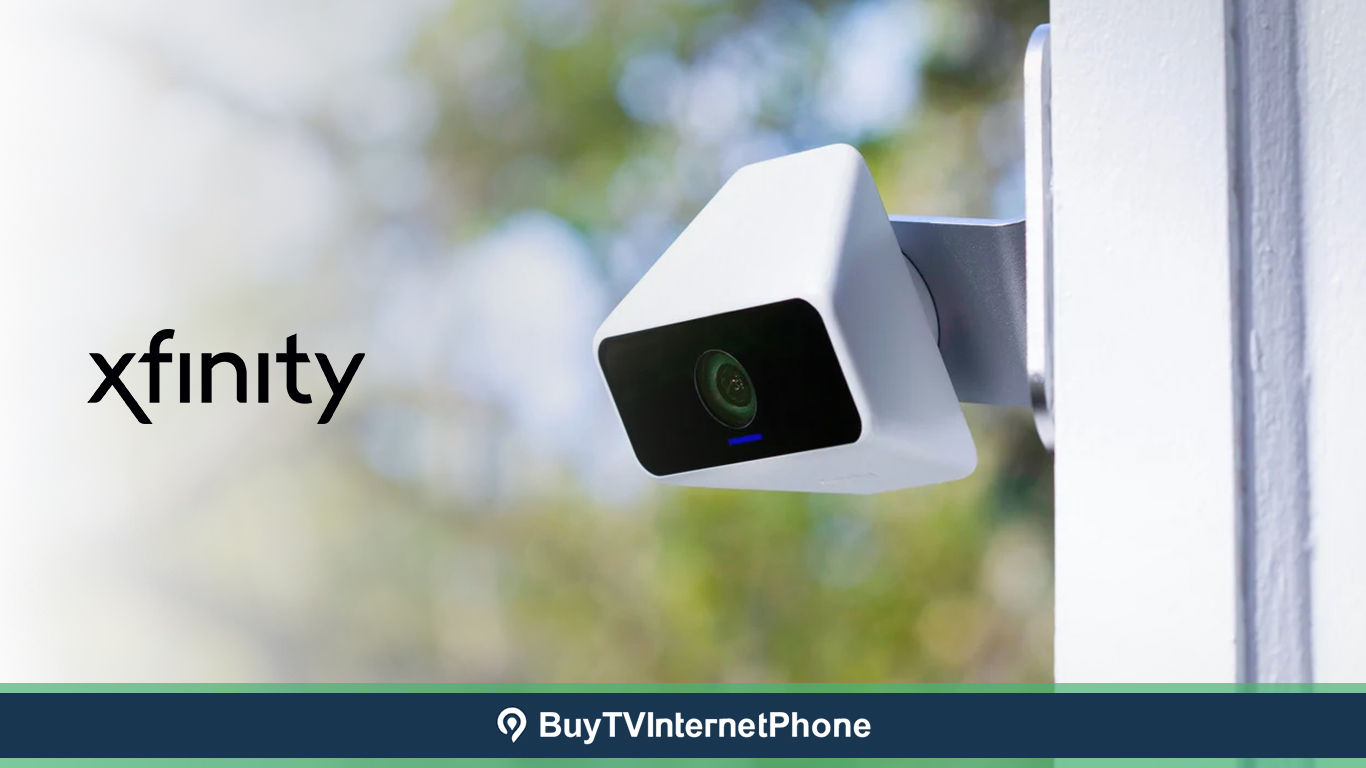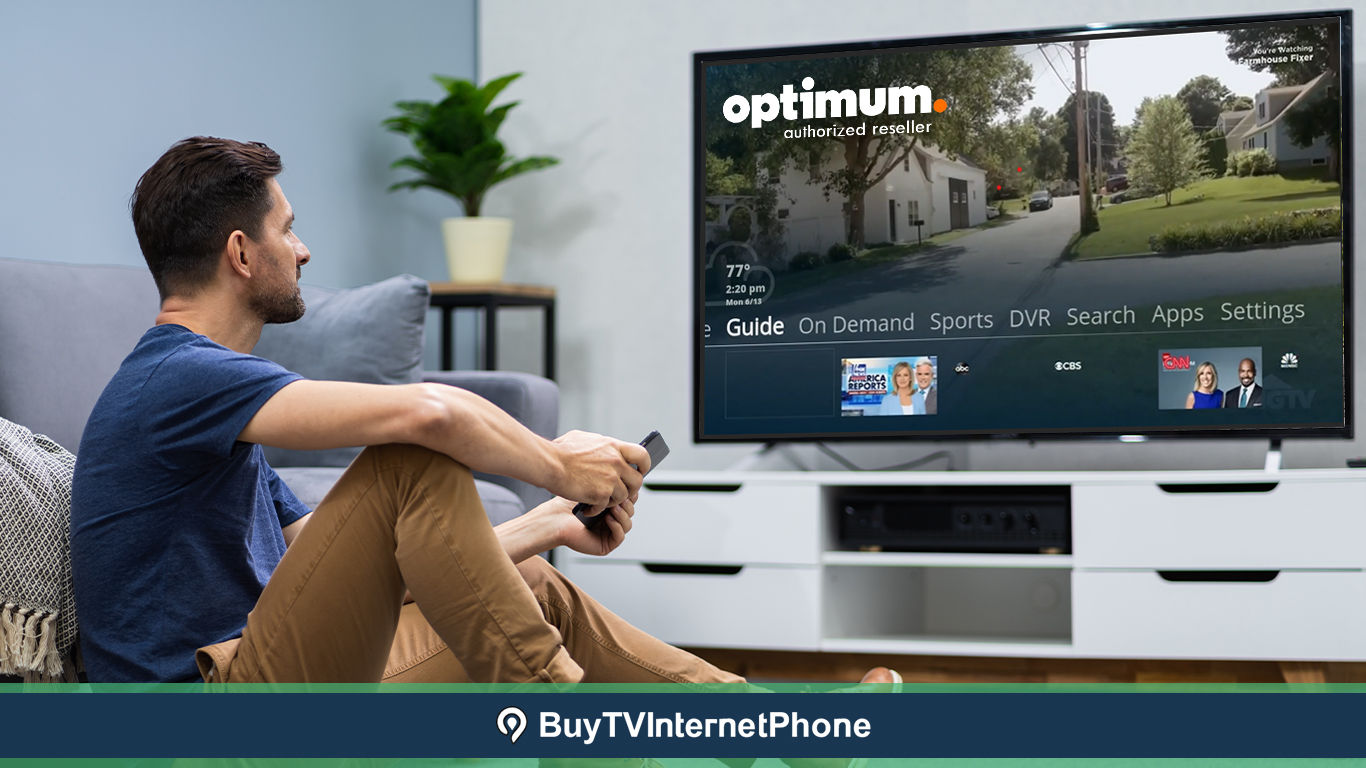New home, new beginning but without internet?
Like most people, I am also opposed to the idea.
That’s why we recommend picking and subscribing to an internet service even before you make the actual move.
For the renters, this process might be much easier as most places come with an internet service recommended by the landlord. However, this is not always the case. Sometimes, you have to do your research.
Both scenarios have their own advantages and setbacks.
This write-up will help you explore your needs and find the best ISP when moving to your new home. Moreover, you will also be able to analyze if the internet recommendations by your proprietor suit your needs.
How to Get Internet in Your New Home?
Step one - Explore Availability in Your Area
While signing the lease, there is a high chance that your property management company recommends a good ISP in your area. This helps in saving time and you can simply subscribe to the package or provider right away.
However, there are a few setbacks in this situation. For instance, the property owner has no idea about your internet needs, the number of family members, your budget, or other details. The ISP recommended by the property manager might have a contract clause, which means that for at least a year, you will not be able to switch the internet without facing a penalty (in case you were to move again).
To avoid this situation, it is recommended to invest some time and find a suitable internet service provider in your area.
Now that you have a list of ISPs serving in your area, it is time to shortlist your connectivity options. In most cases, wired cable internet is preferred. Brands like Cox and Spectrum are considered good cable internet options.
Although rare, you might also find fiber internet options like altafiber, Ziply Fiber, and Fidium Fiber in your area. Moreover,
If you are still confused about the
Now that you have your options, let us find a way to narrow them down.
Step 2- Know Your Internet Needs
For the internet, speed always comes first, but it’s not the sole deciding factor. So, while picking a good internet service provider, know your options, perks, and other things that you would like to prioritize.
Here is my basic blueprint of all speed requirements for usual online activities:
| Number Of Users | Speed Range | Online Activities |
|---|---|---|
| 1-2 | 5 Mbps to 25 Mbps | Email, Web Browsing, Social Media browsing and Music Streaming |
| 1-3 | 25 Mbps to 50 Mbps | basic Telecommuting, Online Gaming, Music Streaming |
| 2-4 | 50 Mbps to 100 Mbps | Regular Telecommuting, Online Gaming, Home Security System |
| 2-5 | 100 Mbps to 500 Mbps | Full-fledged Telecommuting, Online Gaming, 4K video streaming, Home Security Systems, and Smart Devices |
| 3-5 | 500 Mbps to 1,000 Mbps | Everything mentioned above and more |
Speed is so far the most sought-after feature. Faster speed means better bandwidth and seamless connectivity on multiple devices without any slumps or interruptions. This is the reason people living alone with few devices do not have to look for high-speed internet. download speed, whereas, for a family with multiple devices, 250 Mbps is a decent speed.
Once you have an understanding of speed requirements, it is time to look at other features that will help you shortlist your options later.
Here is a side-by-side comparison of features you should or should not have with the internet connection in your new home:
| Preferred Features | To Avoid |
|---|---|
|
|
Step 3- Shortlist Internet Plans
You have the list of internet service providers in your area and, understanding of your personal requirement and features included within a package; it is time to further shortlist your options.
Start by visiting the websites of all the internet service providers in your area. Each brand displays perks, speed, pricing, and other details of the internet package on their website.
Now, you can narrow down your options after carefully considering internet technology types, budget, contract, data limit, and other features.
Step 4- Check Online Reviews
The filtering option might seem like the end of the process; yet, wait until you double-check everything via online reviews. Sometimes, internet service providers with solid ratings and affordable packages do not deliver service as promised.
It is better to seek ISP recommendations from people within your building or area. Another option is to simply check reviews online on a third-party website. Most of these websites review internet services based on overall user experience, outages, and complaints registered. Furthermore, they also offer in-depth comparisons of the advertised and delivered services by every brand.
Step 5 - Subscribe and Schedule Installation
Finally, you have reached the last phase, and it’s time to finalize an internet plan for your new home.
Most internet brands, fortunately, offer free installation services or DIY kits so you can install everything on your own. However, free installation is not mandatory.
Either way, make sure to download the app of the internet company, explore different control features, and learn about the software updates.
Wrapping Up
When picking an internet connection for your new home, prioritize all your requirements.
If flexibility and freedom are your priorities, then 5G home internet is the front-runner. Similarly, if speed is important, fiber internet is the best option for you. Finally, cable internet is ideal for people seeking reliable internet within their .
FAQ’s
The best way to track the internet speed is by simply running a speed test.
Yes, 5G home internet is affected by bad weather, emergencies, and disasters because it relies on towers.
Yes, most ISPs offer relocation options with some extra charges.
There is a standard internet price. Based on the location and the provider, you will notice variations in the price. However, you can easily bag a decent internet connection for as low as $19.99/month in some regions.
On This Page

Need Help?
Let's find Internet services available in your area






Robert is a dedicated and knowledgeable author, an SEO expert with a passion for all things tech. He has a keen eye for detail, allowing him to write interesting blogs that are informative and engaging for readers. He has extensive knowledge of internet, TV, and phone pricing and plans, and has created numerous how-to guides to help users make informed decisions. As a tech geek and TV buff, he is always up-to-date on the latest trends and developments in the industry, making his content always fresh and relevant.
Robert